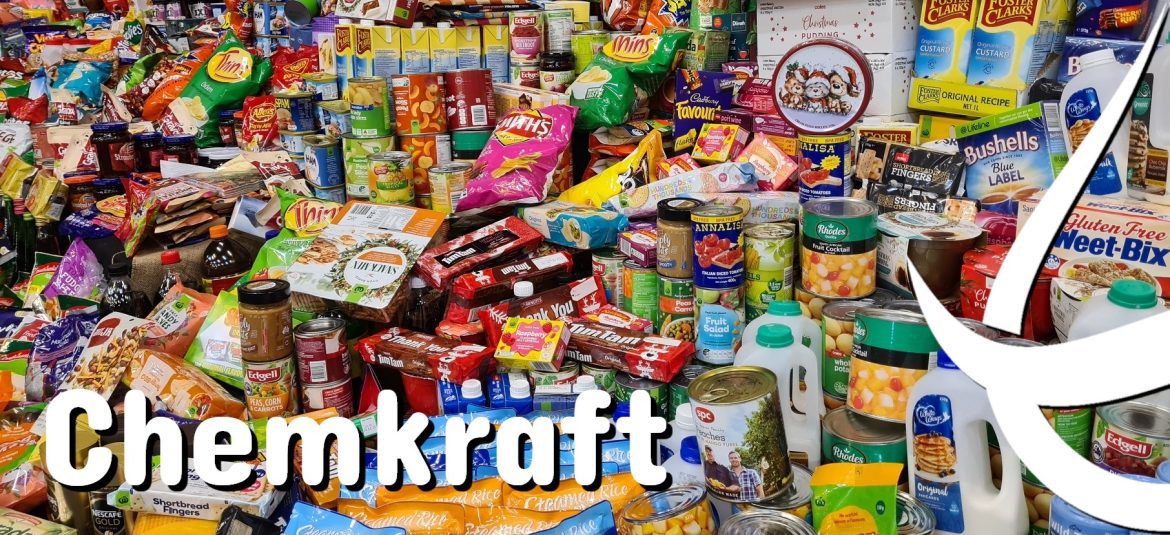Introduction:
Food-grade caustic soda, or sodium hydroxide (NaOH), plays a vital role in various food processing applications, ensuring safety and quality in the production of consumable products. Meeting stringent requirements for purity and adherence to food safety standards is paramount in the analysis and production of food-grade caustic soda. This essay explores the essential requirements governing food-grade caustic soda, emphasizing both the analytical aspects and production considerations that contribute to its suitability for use in the food industry.
Analytical Requirements:
Chemical Composition Analysis:
The analysis of food-grade caustic soda begins with a thorough examination of its chemical composition. It must meet strict criteria for purity, with minimal impurities or contaminants. Analytical techniques such as titration and spectroscopy are commonly employed to assess the concentration of sodium hydroxide and detect any potential impurities.
Heavy Metal Content:
Heavy metals pose a significant health risk, and their presence in food-grade caustic soda is strictly regulated. Analysis must be conducted to determine the levels of heavy metals such as lead, mercury, and cadmium. These metals should fall within permissible limits defined by food safety authorities to ensure the safety of the final food products.
Related Post: Caustic soda application in food industries
Chloride and Sulfate Content:
The chloride and sulfate content in food-grade caustic soda is closely monitored. Elevated levels of these ions can impact the taste and quality of food products. Analytical methods, including ion chromatography, are employed to measure chloride and sulfate concentrations, ensuring they adhere to established standards.
Aluminum Content:
The presence of aluminum in food-grade caustic soda is another critical consideration. Aluminum can have adverse effects on certain food products, and its content must be minimized. Analytical techniques such as atomic absorption spectroscopy or inductively coupled plasma mass spectrometry are used to determine aluminum levels.
Microbiological Analysis:
Microbiological safety is paramount in food-grade caustic soda. The product must undergo rigorous testing for the absence of pathogenic microorganisms, including bacteria, yeast, and molds. Standard microbiological methods, such as plate counting and microbial identification, are employed to ensure the microbiological integrity of the caustic soda.
Production Requirements:
Quality of Raw Materials:
The production of food-grade caustic soda begins with the selection of high-quality raw materials. The quality of sodium hydroxide is directly influenced by the quality of the starting materials. Producers must source raw materials that meet food-grade standards to ensure the final product’s suitability for use in the food industry.
Manufacturing Processes:
Food-grade caustic soda is typically produced through electrolysis, and the manufacturing processes must adhere to Good Manufacturing Practices (GMP). GMP ensures that the production environment is controlled, sanitary, and conducive to the production of a food-grade product. Strict hygiene measures are implemented throughout the manufacturing process.
Quality Control During Production:
Continuous quality control measures are integrated into the production process. Producers employ in-process testing to monitor key parameters such as concentration, temperature, and purity. Any deviations from established specifications trigger corrective actions to maintain the quality of the product.
Avoidance of Contamination:
Contamination during production is a significant concern for food-grade caustic soda. Producers implement measures to prevent contamination from equipment, containers, or other sources. Stainless steel equipment is often used to avoid the introduction of impurities during production.
Packaging and Storage:
The packaging ofthis material is a critical step in maintaining its purity. Packaging materials must be suitable for food contact and must not introduce contaminants. Additionally, storage conditions are carefully controlled to prevent interactions with the environment that could compromise the quality of the caustic soda.
Regulatory Compliance:
Food Safety Standards:
Compliance with food safety standards is non-negotiable for producers of food-grade caustic soda. Regulatory bodies, such as the Food and Drug Administration (FDA) in the United States and the European Food Safety Authority (EFSA) in the European Union, establish stringent requirements that must be met to ensure the safety of food-grade chemicals.
Documentation and Traceability:
Thorough documentation and traceability are essential components of regulatory compliance. Producers must maintain detailed records of the production process, including raw material sourcing, manufacturing steps, and quality control measures. This documentation facilitates accountability and ensures that any issues can be traced back and addressed promptly.
Conclusion:
In conclusion, ensuring the quality and safety of food-grade NaOH involves a comprehensive approach that encompasses both analytical requirements and production considerations. From chemical composition analysis to microbiological safety, each aspect is meticulously addressed to meet regulatory standards and provide a product that is fit for use in the food industry. Producers play a pivotal role in maintaining the integrity of food-grade caustic soda through adherence to Good Manufacturing Practices, quality control measures, and strict compliance with food safety regulations. As a foundational component in various food processing applications, this type of NaOH exemplifies the industry’s commitment to delivering safe and high-quality products that contribute to the safety and integrity of our food supply.


Related Post: How pretzels are made with caustic soda?










